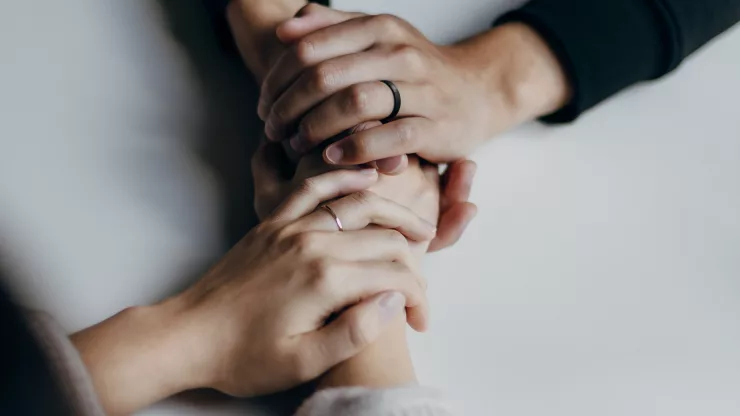Jump to Section
Discovering the Power of Guided Imagery
Guided imagery is a powerful tool that can help you achieve happiness and well-being.
It involves using your imagination to create a mental picture or scenario that can help you relax, reduce stress, and improve your overall mental health.
Many people use guided imagery techniques to manage anxiety, overcome phobias, and even alleviate physical symptoms like pain and nausea.
If you’re looking for a natural and accessible way to improve your mental health, guided imagery may be the answer. In this article, we’ll explore the benefits of guided imagery, how it works, and how to practice it yourself.
Understanding Guided Imagery Techniques and How They Work
Guided imagery techniques involve creating a mental image or scenario that can help you achieve a desired outcome.
For example, if you’re feeling stressed, you might imagine yourself in a peaceful forest or on a calm beach.
By visualizing this scenario and engaging your senses, you can help your body relax and reduce stress levels.
Guided imagery works by engaging your brain’s visual and sensory centers, which can help reduce your body’s stress response. It can also help you tap into your subconscious mind, which can be a powerful tool for self-discovery and personal growth.
Benefits of Guided Imagery: Expanding Your Mind and Spirit
Guided imagery can have a wide range of benefits for your mental and physical health. Here are just a few of the ways guided imagery can improve your well-being:
- Reducing stress and anxiety
- Alleviating physical symptoms like pain and nausea
- Improving sleep quality
- Boosting confidence and self-esteem
- Enhancing creativity and problem-solving skills
- Promoting relaxation and mindfulness
- Helping you achieve your goals and aspirations
How to Practice Guided Imagery: Step-by-Step Instructions
If you’re interested in trying guided imagery for yourself, here’s a step-by-step guide to get started:
- Find a quiet and comfortable place to sit or lie down.
- Close your eyes and take a few deep breaths to relax your body and mind.
- Choose a scenario or image that you find calming or inspiring.
- Visualize this scenario in as much detail as possible, engaging all your senses.
- Stay with this image for as long as you like, allowing yourself to fully experience it.
- When you’re ready, slowly bring your awareness back to your surroundings and open your eyes.
Tips and Tricks for Mastering Guided Imagery Techniques
Here are some tips and tricks to help you make the most of your guided imagery practice:
- Use all your senses to fully engage with your mental image.
- Practice regularly to build your mental imagery skills.
- Experiment with different scenarios to find what works best for you.
- Focus on positive outcomes and emotions.
- Use guided imagery as a tool to help you achieve your goals and aspirations.
Success Stories: Real-Life Examples of Guided Imagery at Work
Many people have found success using guided imagery techniques to improve their mental and physical health. Here are a few real-life examples:
- A woman with chronic pain used guided imagery to help manage her symptoms and reduce her reliance on medication.
- A man with social anxiety used guided imagery to visualize himself in social situations and gradually overcome his fear.
- A student used guided imagery to reduce test anxiety and improve her grades.
FAQ
How often should I practice guided imagery?
There’s no set rule for how often you should practice guided imagery. Some people find it helpful to practice daily, while others may only use it as needed.
Experiment with different frequencies and find what works best for you.
Can I use guided imagery for physical symptoms like pain?
Yes, guided imagery can be a useful tool for managing physical symptoms like pain and nausea. By engaging your mind and body, you can help reduce your body’s stress response and alleviate symptoms.
Do I need any special equipment to practice guided imagery?
No, you don’t need any special equipment to practice guided imagery. All you need is a quiet and comfortable place to sit or lie down.
You may find it helpful to use headphones or calming music to enhance your practice, but this is not necessary.

With a deep passion for personal development, Ben has dedicated his career to inspiring and guiding others on their journey towards self-improvement.
His love for learning and sharing knowledge about personal growth strategies, mindfulness, and goal-setting principles has led him to create My Virtual Life Coach.
Contact Ben at [email protected] for assistance.




